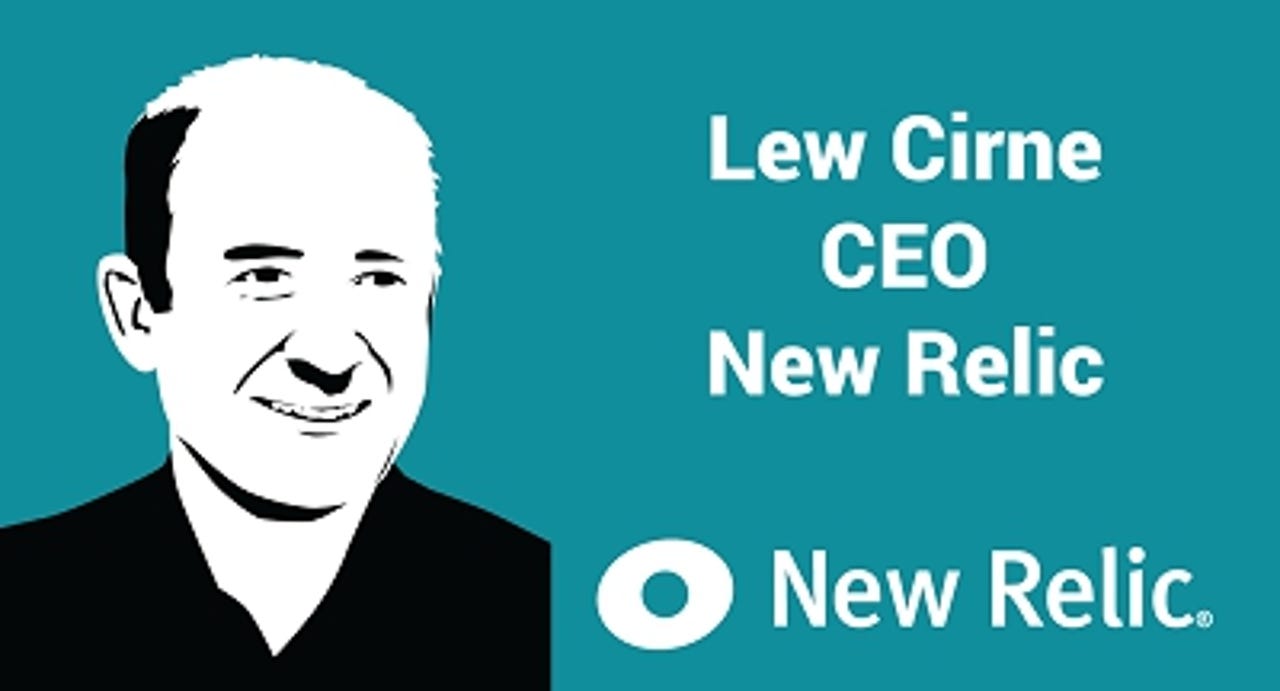New Relic CEO: User experience and business outcomes


As part of the CXOTalk series of conversations with innovators, I sat down with Lew Cirne, the CEO of New Relic . His company is a web-based provider of application performance management software, which means they help customers measure issues such as response time from applications.
Along with measurement, New Relic aggregates data across its platform to determine trends in areas such as mobile growth and the impact of application performance on end-user behavior. Cirne founded New Relic in 2008 and the company went public in 2014.
In the following short clip, Lew explains the relationship between user experience and business outcomes.
You can watch our entire, 45-minute conversation on the CXOTalk website, where you can also read a detailed transcript of the whole conversation.
Here are edited comments from Lew on the connection between user experience and business outcomes, and his advice for CIOs and IT departments facing pressure from the changing environment.
Explain the linkage between user experience and business outcomes.
Software has become a de facto way for companies to connect with their customers. In the past, people might interact with their bank in the physical world by walking into a physical branch. But today, most people interact with their bank through software, through the phone and their app.
If people don't enjoy using your software, then they won't use it, and your projects almost certainly will fail.
Because if an app is slow, for example, you've got an automatic payment app where you're a retailer, and you want people to use your automatic payment app. But it takes 10 or 15 seconds for that app to spin up, people aren't going to do it. They're going to try it twice and then they're never going to revisit.
There is a mindset of playing offense versus with software. Playing defense with software is thinking about software as a cost reduction tool to automate existing processes. So software can be used for that. It has been used for that for decades, making payroll a little faster and a little more predictable; that's great defense for software.
Playing offense with software is going to the top line for your whole company.
What advice do you have for IT departments CIOs who are facing enormous change in the environment?
First of all, my advice is to have empathy. IT professionals have invested an awful lot of time and energy to become an expert at delivering great service and quality in an approach that is undergoing an immense change right now.
You have to rethink a lot of things on succeeding in a world that demands a much higher level of agility, much quicker time to market, and a much higher level of availability than just a few years past.
It's unquestionably true that everyone is moving so many workloads to the public cloud, which has to be a big part of the strategy for IT departments and companies of virtually every size.
See this as an opportunity to learn and grow, and think about how reducing the risk of migrating workloads to the cloud. How do you increase the likelihood that doing so will deliver a better experience, a more secure experience, a higher performance experience for your customers than has been so in a traditional hosting environment.
And then consider what's the whole purpose of these projects. There's a business purpose for every project. You don't fund 10, 20 or 100 developers on a project without having business goals. There's been talk about aligning teams with the business forever.
The way you align IT with the business is to measure the health of the software and then express it in business terms on all of the same platforms, so you connect the business outcomes with the health of the software.